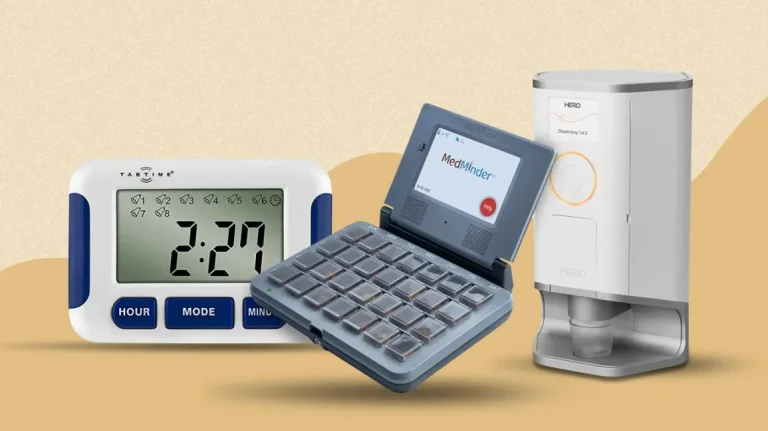One-word replies aren’t enough when it comes to patient text reminders and communication. That’s especially true for appointment reminders. A simple “yes” or “no” might confirm or cancel a visit, but it doesn’t cover what patients really want to say—and what providers really need to hear.
Texting is the most convenient way to reach patients, but its value drops fast if the conversation is a dead end. When messages feel like no-reply notices, patients feel unheard—and practices miss out on critical information that could impact schedules, clinical decisions, and even outcomes.
Here’s why two-way patient text reminders need to go further.
Patients Don’t Just Want to Confirm—They Want to Explain
When a patient cancels, it’s rarely just a “no.” They might be sick. They may have transportation issues. Some may need to reschedule, but don’t want to sit on hold. Others might be confused about timing or fasting instructions. A two-way system that allows real-time replies—typed in patients’ own words—gives context to cancellations and helps staff respond with care, not frustration.
And for the patient who wants to come but just has a question before confirming? A rigid yes/no system forces a decision without support. That’s a missed opportunity to reduce no-shows and build trust.
Staff Need to Triage and Rebook Efficiently
Two-way texting gives front desk teams what they need: clarity. A vague “no” doesn’t tell you whether to leave the slot open, hold it, or follow up. When patients can respond with specifics—“I have a fever but want to reschedule for next week,”—your staff can act faster and more confidently.
It also streamlines the rescheduling process. Instead of playing phone tag, one quick text exchange can get a patient back on the books. That keeps your schedule full and patients moving through care plans with fewer delays.
Better Data, Fewer Gaps in Care
A richer text thread gives you more than just logistics. It gives insight. When patients express concerns, ask clinical questions, or flag barriers to access, those messages help inform follow-up, care coordination, and even social support services. You can’t address what you don’t know.
For practices focused on reducing no-shows, improving chronic care management, or delivering whole-person care, a two-way texting platform can uncover what patients need—before they fall through the cracks.
A Human Touch in a Digital World
Two-way texting doesn’t just make systems more efficient—it makes them feel more human. Patients are used to texting everyone else in their lives. When their healthcare provider replies with real support, it reinforces the idea that someone’s listening.
In a busy world where communication is easy to automate, the practices that make room for real conversations will stand out—and earn loyalty that no templated reminder can match.

